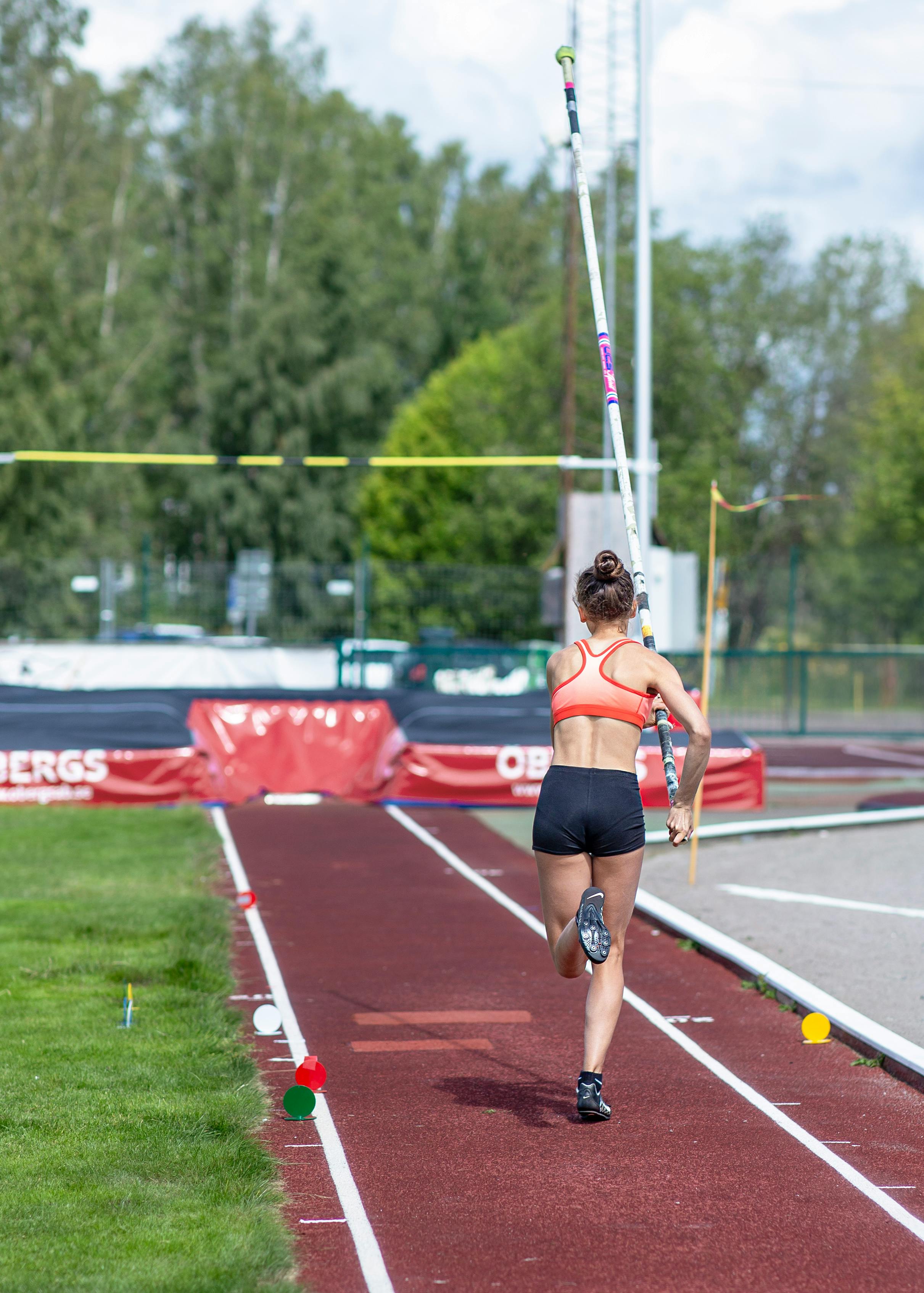Shaping Success: The Intricate Role of Biomechanics in Sports Performance
In the vast realm of sports, the science of biomechanics has quietly yet significantly etched its importance. It has become a game-changer, offering athletes an edge over their competitors and providing coaches with a deeper understanding of their players' performances. This article delves into the fascinating world of sports biomechanics, its evolution, current trends, and its profound impact on athletic performance.

Biomechanics in Sports: A Historical Overview
The application of biomechanics in sports is not a recent phenomenon. Ancient Greeks, including Aristotle and Archimedes, applied fundamental laws of physics to understand human movement. However, it was not until the 20th century that biomechanics was formally recognized as a scientific discipline. This recognition led to the development of the International Society of Biomechanics in 1973, which has since played a pivotal role in promoting the study and application of biomechanics in sports.
Current Trends and Insights in Sports Biomechanics
Emerging trends in sports biomechanics offer an exciting glimpse into the future of athletic performance. The integration of biomechanics with advanced technologies like motion tracking and force plate analysis has opened new avenues for performance enhancement. Furthermore, the use of personalized biomechanical assessments to tailor training protocols is gaining ground, as it offers strategies to improve athletic efficiency while reducing injury risk.
Unveiling the Power of Biomechanics: The Benefits and Challenges
Biomechanics holds immense potential to transform athletic performance. It provides critical insights into how forces and movements interact within an athlete’s body, enabling the design of targeted training protocols. However, it also presents challenges. The complexity of human movement requires sophisticated analysis techniques, making it crucial to have experts who can interpret and apply these insights effectively.
Biomechanics in Practice: Real-world Applications
Biomechanics has found practical applications across various sports disciplines. In swimming, for instance, biomechanics helps optimize stroke technique and body alignment to enhance speed and efficiency. In running, it aids in improving stride mechanics and reducing injury risk. These real-world applications underscore the tangible benefits biomechanics brings to athletic performance.
The Future of Biomechanics in Sports: A Research-backed Perspective
The future of sports biomechanics lies in the integration of technology and personalized training. Continued research in this field is expected to unravel more about the intricacies of human movement, ultimately leading to enhanced athletic performances. This research-backed perspective encourages athletes and coaches to explore the untapped potential of biomechanics in improving sports performance.
In conclusion, biomechanics has fundamentally reshaped our understanding of sports performance. Its historical evolution, current trends, and future prospects offer exciting opportunities for athletes and coaches alike. Whether it’s improving technique, preventing injuries, or enhancing performance, the power of biomechanics in sports is undeniable. As we continue to push the boundaries of human athletic potential, the role of biomechanics will only become more significant.





